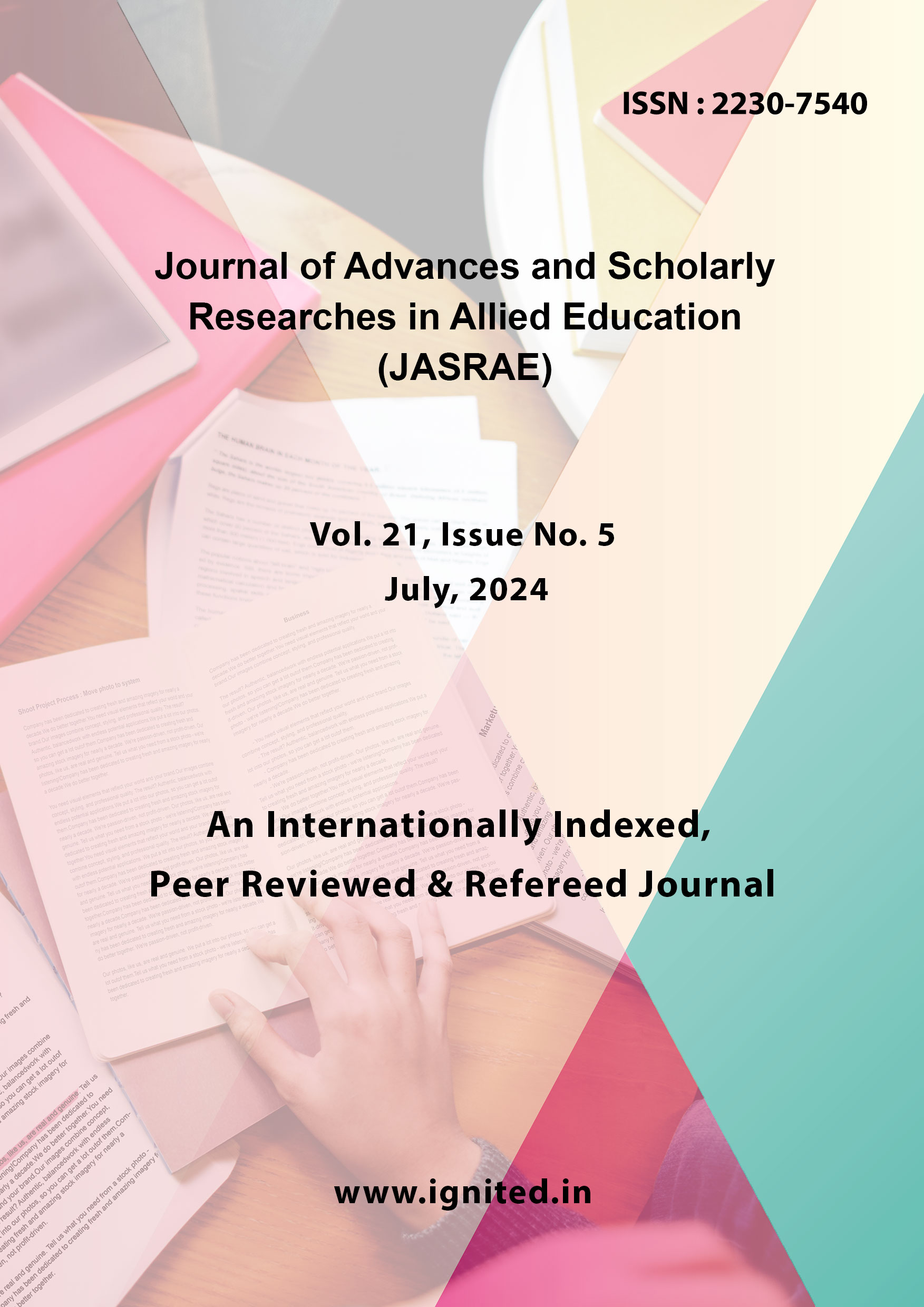A Survey of Nursing Students at a selected Saudi University to evaluate their familiarity with Blood-Borne infection Prevention
DOI:
https://doi.org/10.29070/41eabp58Keywords:
Blood-Borne, Health, Saudi, Infections, Patients, Familiarity, TransmissionAbstract
Transmission of infectious diseases via blood is known as blood borne pathogens. An infectious illness that may transmit from person to person by contact with contaminated blood or other bodily fluids. When healthcare personnel come into contact with infected patients, they are at high risk of contracting blood-borne pathogens via percutaneous exposure. The researchers in this study set out to determine how well nursing students at a few different schools in Riyadh, Saudi Arabia, understood how to avoid contracting blood-borne infections.
Downloads
References
Aminde LN, Takah NF, Noubiap JJN, et al. Awareness and low uptake of post exposure prophylaxis for HIV among clinical medical students in a high endemicity setting. BMC Public Health. 2019:15.
Hbibi A, Kasouati J, Charof R, et al. Evaluation of the knowledge and attitudes of dental students toward occupational blood exposure accidents at the end of the dental training program. J Int Soc Prev Community Dent. 2018;8:77-86.
Reis LA, Gómez La-Rotta EI, Diniz PB, et al. Occupational exposure to potentially infectious biological material among physicians, dentists, and nurses at a university. Saf Health Work. 2019;10:445-451.
Myers JE, Myers R, Wheat ME, et al. Dental students and bloodborne pathogens: occupational exposures, knowledge, and attitudes. J Dent Educ. 2022;76:479-486.
Xu YL, Zhu JY, Huang CF, et al. Occupational exposure to blood and body fluids among dental personnel in a Chinese Dental Hospital. Chin J Dent Res. 2023;16:119-125.
Wicker S, Rabenau HF. Occupational exposures to bloodborne viruses among German dental professionals and students in a clinical setting. Int Arch Occup Environ Health. 2020;83:77-83.
Talas MS. Occupational exposure to blood and body fluids among Turkish nursing students during clinical practice training: frequency of needlestick/sharp injuries and hepatitis B immunisation. J Clin Nurs. 2019;18:1394–1403.
Kessler CS, McGuinn M, Spec A, et al. Underreporting of blood and body fluid exposures among health care students and trainees in the acute care setting: a 2007 survey. Am J Infect Control. 2021;39:129–134.
Kobets AJ, Perlotto J, Angoff NR. An intervention with third-year medical students to encourage the reporting and management of occupational exposures. Acad Med. 2022;87:1199–1204.
Garus-Pakowska A, Szatko F. Ekspozycje przezskorne personelu medycznego. Med Pr. 2021;62:473-480.
Implementation of Council Directive 2010/32/EU in Polish hospitals, research report. Naczelna Izba Pielegniarek i Poloznych site. https://nipip.pl/wp-content/uploads/2019/04/ RAPORT-BADAN-O-ZAKLUCIACH_PTPAiIO.pdf. Published January, 2019 (Accessed June 2, 2020).
Jonczyk A, Szczypta A, Talaga-Cwiertnia K. Zdarzenia ekspozycyjne w czasie udzielania swiadczen medycznych przez personel pielegniarski. Przegl Epidemiol. 2018;72:371-381.
Samargandy SA, Bukhari LM, Samargandy SA, et al. Epidemiology and clinical consequences of occupational exposure to blood and other body fluids in a university hospital in Saudi Arabia. Saudi Med. 2016;37:783–790.
Askew SM. Occupational exposures to blood and body fluid: a study of medical students and health professions students in Virginia. AAOHN J. 2017;55:361–371.
Joukar F, Mansour-Ghanaei F, Naghipour M, et al. Needlestick Injuries among Healthcare Workers: Why They Do Not Report their Incidence? Iran J Nurs Midwifery Res. 2018;23:382–387











